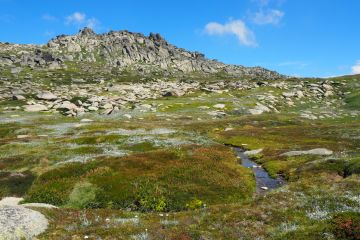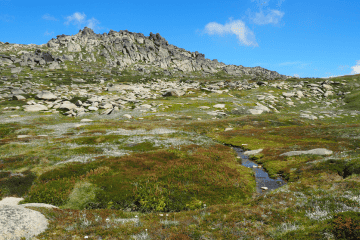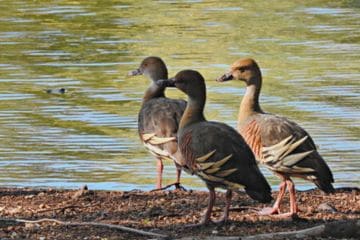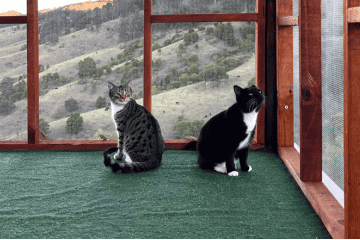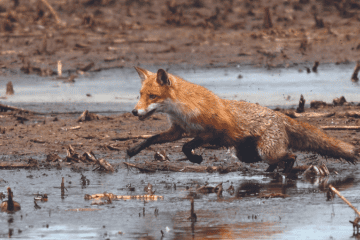
Statement on NSW government announcement of new Nature Strategy
The Invasive Species Council welcomes the NSW government’s announcement of a commitment to develop a new Nature Strategy that will be enshrined in law, and calls for ambitious targets and funding to address the pest and weed crisis in the state.










